Lithium (LiFePO4) Batteries on Luna Sea
Lithium batteries on a Sailboat: You guys probably know by now that we made a major upgrade on Luna Sea. In fact, the Lithium Batteries are one of the biggest upgrades we did: based on both cost AND functionality. (The hard top install is WAY up the list also, if you’re wondering.)
Why did it take so long to finally get this post up? Honestly, I thought I wrote it when we were in Grenada… I blame it on Carnival.


Learning Curve
If you’ve followed along, you KNOW we had a steep learning curve. From neither of us being particularly knowledgeable about electricity, to the lack of information available on the internet*, to the perceived high cost of switching from AGM Batteries to Lithium Batteries – it was a bit of a roller coaster ride.
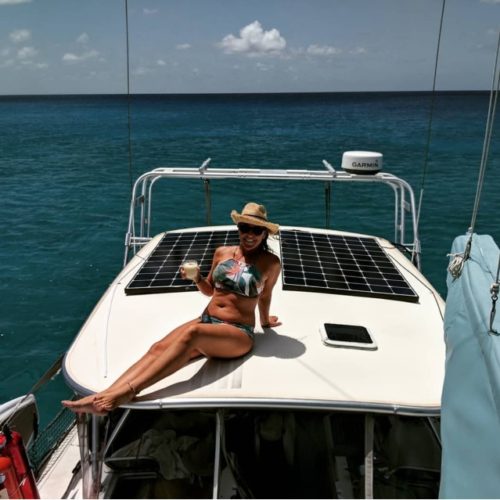
*I’m pretty sure we were some of the first bloggers to convert – as there was virtually NO online information available when we decided to make the swap. Fortunately, there is a lot of it available these days, including the ever popular Uma, Delos and Wynns.
Final Lithium Batteries/Solar/Component SetUp!
Let’s just get straight to the point.
Here is the FINAL setup for Luna Sea:
- Solar: 2 x 360 watt LG Neon2 solar panels (720 total watts) We had these bad boys shipped directly to Grenada. After LOADS of research, Mark was able to combine this order with an order for another boat – thus splitting the total costs, including a reduced initial purchase price due to buying multiple panels at once. After going through two rounds of flexible panels, we bit the bullet and got top of the line (at the time) panels. It was worth every penny. Speaking of pennies: Cost approx $1000 for two massive panels, including the split shipping and duty fees.
- Batteries: 3 x 75ah Relion LiFePO4 Lithium Batteries. OK, we nailed this to start. While we are changing brands for the RV, we are 100% sticking with Lithium – both in the RV AND on the next boat!
- Solar Charge Controller: We upgraded from a basic Morningstar MPPT solar charge controller. It was OK, but because you really need to custom set most controllers for Lithium (they ARE coming on the market now, specifically for this purpose, but not when we were buying) it was a pain in the ass to test at various settings. Trouble shooting ALWAYS required removing everything from our storage cabin, me hanging upside down with a flashlight and manually pushing the dip switches on the bottom of the device. We changed to a “SmartSolar” Victron 100/50 Bluetooth capable unit. This is GLORIOUS. With an app on the tablet/iPad, it is as simple as looking at pretty pictures from the nav station in order to see EXACTLY what is happening between the solar panels, the charge controller and the batteries. Cost in Grenada: Approx $400 Finding the unit we wanted ON THE SHELF in Grenada was worth the slight mark up vs what we would’ve paid in the States. Shipping and import fees are no joke, people.
- Shore Power Charger: We upgraded this in the Bahamas. It was expensive, and infrequently used – but worth the cost (and sailing back and forth between Bahamian islands) the very few times we used the Honda 2000i generator or the shore power in a marina. It is a Progressive Dynamics lithium battery charger. We spent about $400 including shipping and an additional shore power cord (those babies are pricey). So it didn’t really break the bank – just shot our $1000/month budget to shreds.
Other Tips and Tricks
- Do not mix your M4 Connector brands. I mean, if you’re floating in the ocean and have a malfunction and you can only get a male of one brand and a female of another and you desperately need power and you have no alternatives and didn’t keep proper spares? Maybe. But when you get to the next island, get a properly matched set. Trust me on this.
- Use Noalox. It’s an anticorrosive liquid goo. You just brush a tiny amount on any electrical connection and it prevents corrosion. Keeping a boat in salt water? Just buy the smallest bottle you can find – a little goes a long way. You’re going to need this.
- Take a Total System Approach: Every single component matters. From the major players listed above to the on/off switches. Prime example: the on/off switch was perfectly fine for the original setup that came with the boat. But when we boosted the power, we should’ve (and soon did) upgrade the on/off switch. So again, every single link in the chain needs consideration.
Would We Do it Again?
So that’s it. Our entire set up on Luna Sea. Will we do it again? Absolutely 100%. We are switching to Battle Born for the RV – and using Lolo as our guinea pig. Here’s to working with customer service to get this baby up and running properly first try (or maybe even 2nd, we’re not picky) If all goes well, you better believe the upcoming catamaran will be rocking some sparkly new Battle Born LiFePO bling!

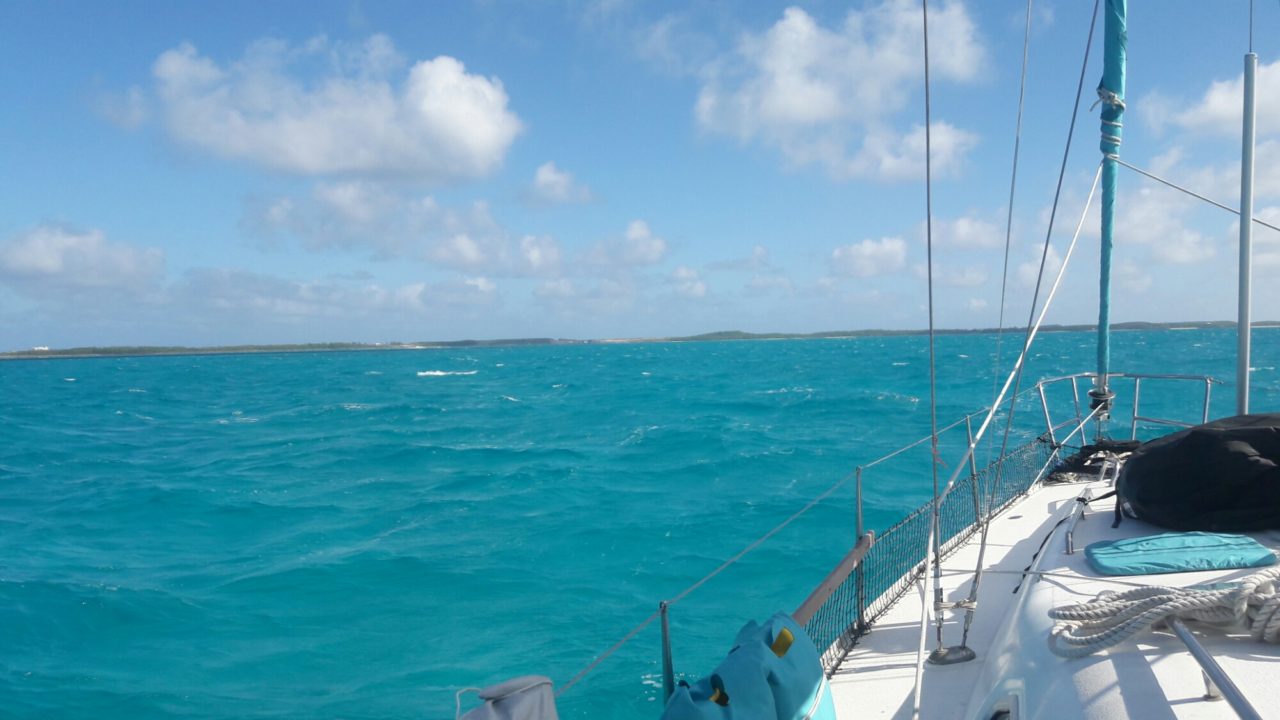
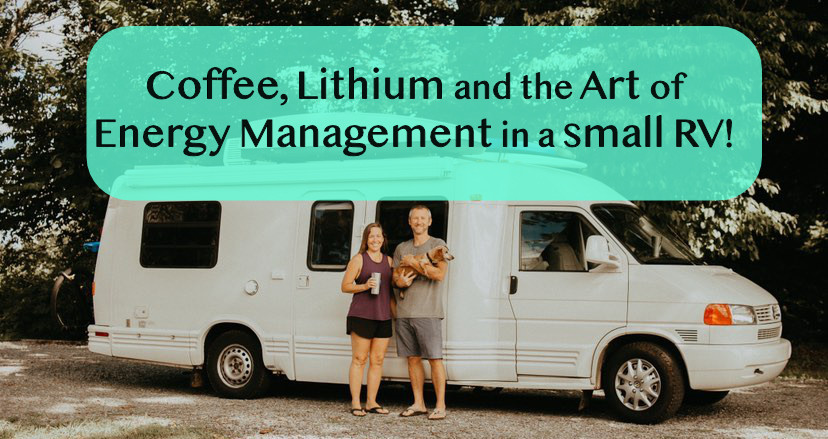
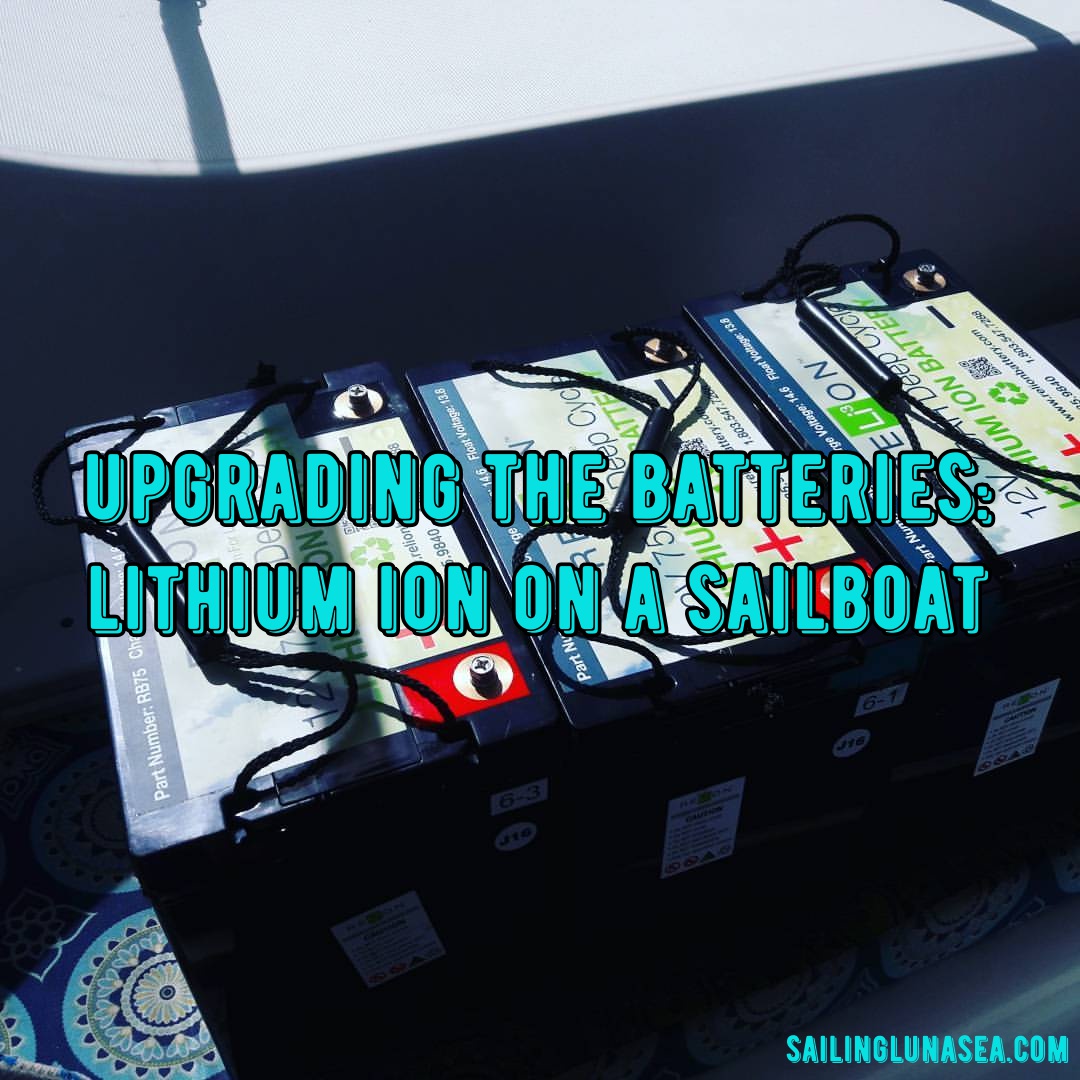
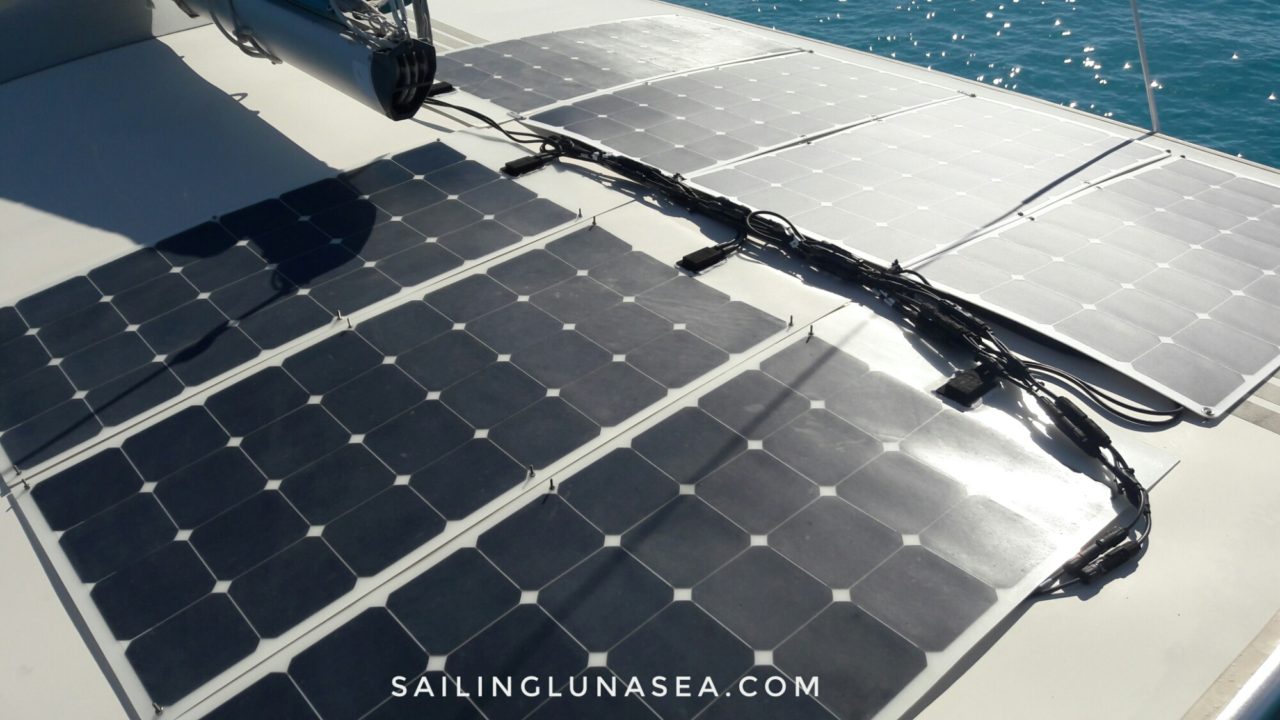
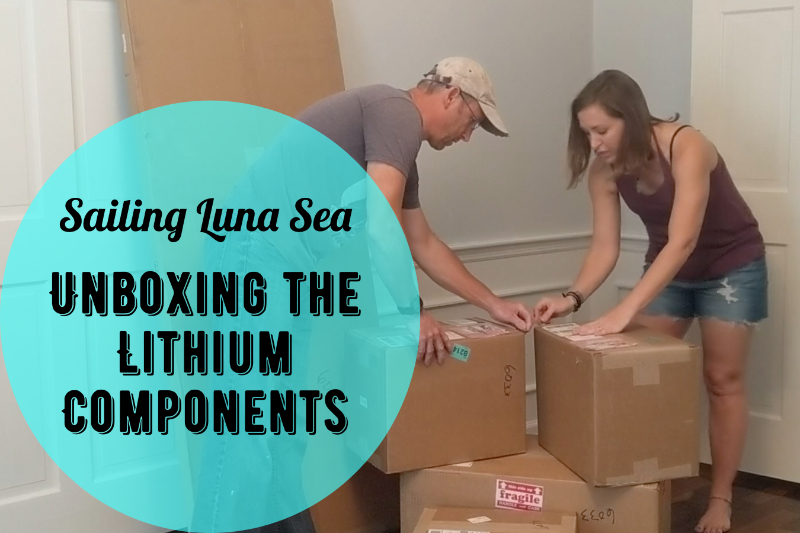
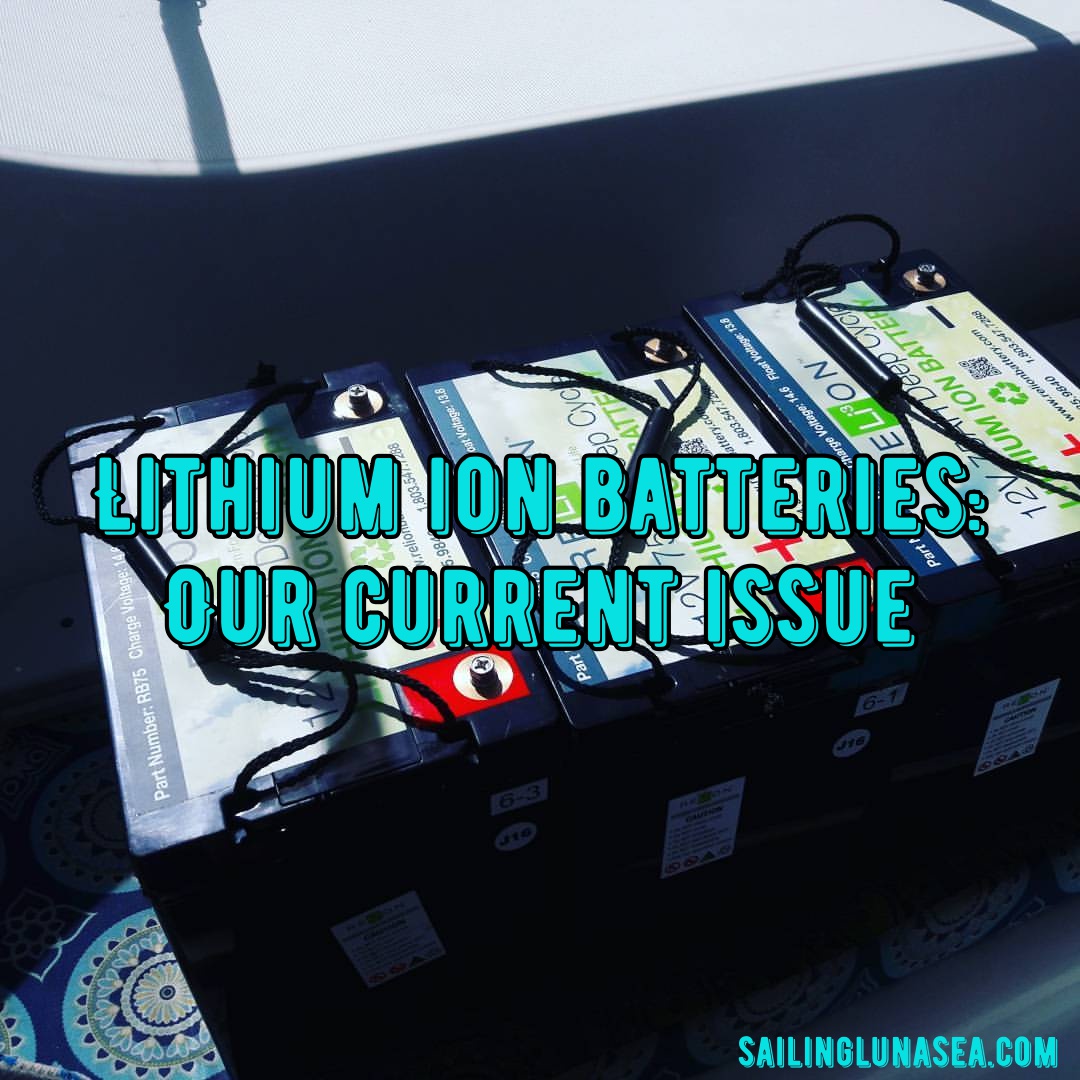
We are still hung-over from the Grenadian rum we drank at the carnival over two years ago 🙂
Ha! Same here. My poor liver has been on a long hiatus post-Carnival 😆